A Complete Guide to Positive Negative Space Photography for Creatives
Photography is not what you capture; it is what you omit. In the world of visual storytelling, mastering positive and negative space in photography can elevate your work from ordinary to stunning.
Comprehending space in composition enables your subject to breathe and your image to tell. Using space will equally alter the content of your picture, whether you are taking portraits, landscapes, or commercial portraits.
To take your photography a step further, tools like HitPaw FotorPea can polish your final output with advanced clarity and detail, making your compositions sharper and more professional with minimal effort.
What is Positive and Negative Space in Photography?
Define Positive Space
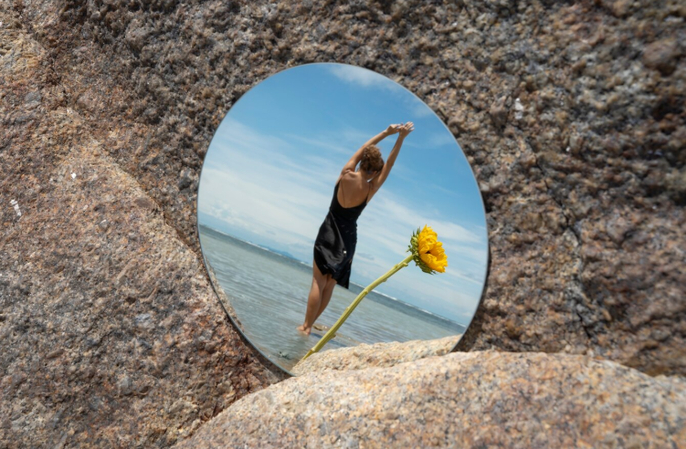
In photography, positive space is the subject, which you want to draw attention to. It is that thing, that person, that aspect of something that the viewer is concentrating on. According to the positive space photography definition, it's everything that creates structure or interest within the frame.
Define Negative Space
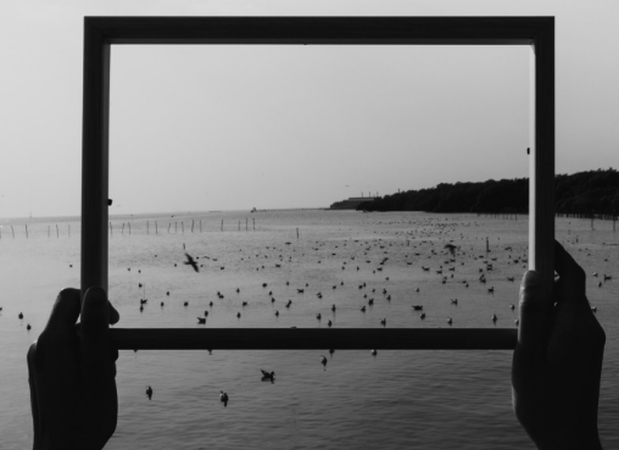
On the flip side, what is negative space in photography? The space surrounding its subject is negative space. It may be empty, blurred, textured, or even colored; however, its key role is to complement the positive space in contrast or create an atmosphere with the introduction of scale or mood.
Explain how both work together for balanced composition.
Combined together, positive and negative space lead to visual balance. The subject (the positive space) must have space to get into the foreground, and so the surrounding emptiness (the negative space) provides it.
Effective photography composition using negative space doesn't just separate the subject-it supports it emotionally, narratively, and visually. This dynamic relationship can be seen in many examples of positive and negative space in photography, where space isn't wasted but becomes part of the storytelling toolset.
Why Negative Space Matters in Photography
Enhancing Subject Focus
By minimizing distractions and isolating the subject, how to use negative space in photography becomes a tool to enhance clarity. With the elimination of the background sound and the visual mess, the eye goes first to the most significant element of the frame. This gives the subject a sense of eminence, willful, and poised to the point of strength in portrait and product shots.
Creating Emotional Impact
Space speaks. Such spatial relationships as a lonely bench in a large snowy park can be emotionally charged, as can a child standing in a large field. The creative use of negative space in photography can convey themes like isolation, serenity, or vastness.
It gives the picture a breathing space and also allows the observer time to digest the emotion that the image conveys. Understanding this emotional interplay through positive and negative space photography techniques opens doors to more meaningful visual storytelling.
Key Techniques for Positive Negative Space Photography
Rule of Thirds and Space
One of the foundational positive-negative space photography techniques is the rule of thirds negative space method. Consider your frame separated into nine squares on a two horizontal lines, two vertical lines grid.
It is not only a technique to bring balance to your Photo by not centering your subject, but you also introduce dynamic negative space. This minute repackaging results in images that seem natural and visually appealing.
Contrast and Minimalism
Minimalism is a great tool when working with positive and negative space in photography. Applying contrasting colors, such as a red umbrella in a white snow field, will bring out the subject strongly.
This contrast not only makes your image stand out, but also makes storytelling much easier and to the point. Color, brightness, and texture should be chosen intentionally to elevate contrast and minimize distractions, reinforcing photography composition using negative space.
Framing and Perspective
Frame your subject by use of doors, windows, or natural shapes or lighting, and leave the rest of the image simple. Space may be creatively played around with through a thoughtful angle or perspective.
In order to create negative space deliberately, you can tilt your camera, change your position, and move further away. With experience, how to use negative space in photography becomes second nature, especially when working with varied perspectives.
Types of Photography That Benefit from Space Techniques
Portrait Photography
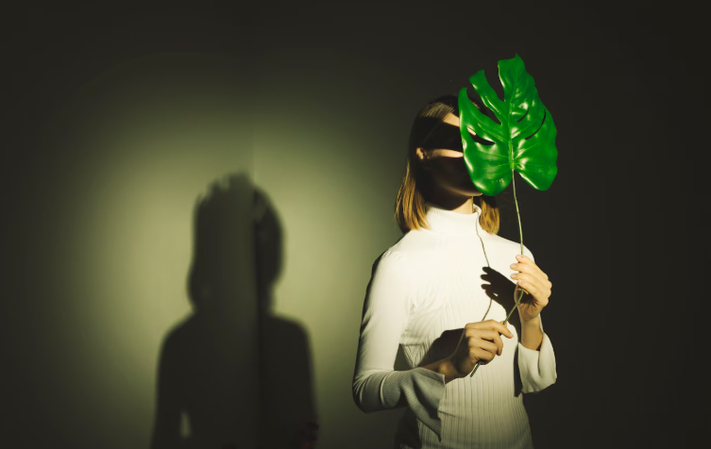
Negative space gives emotional appeal to portraits. An up-close shot of a person and a plain background makes a headshot amicable and neat. However, when the same picture is given ample space on one side, it may appear thoughtful and isolated.
These shifts are often seen in editorial or fashion photography, proving that positive and negative space in photography can influence mood as much as lighting or expression.
Landscape and Travel
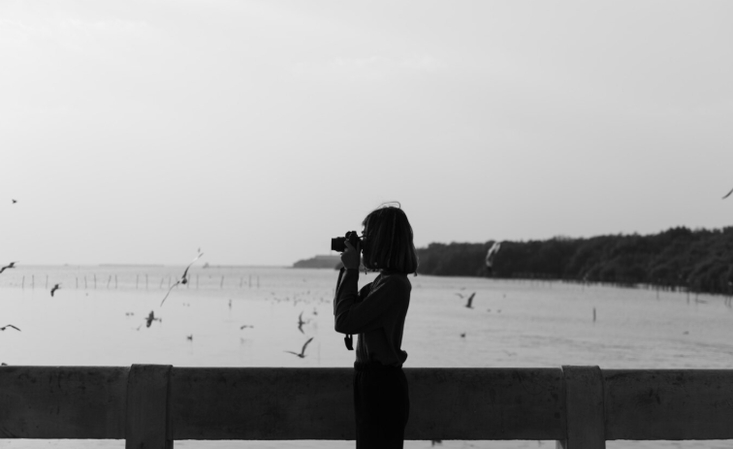
In nature and travel photography, empty skies, ocean horizons, or desert plains often dominate frames. This is spatial superiority, which adds scale, grandeur, and isolation. Understanding how to use negative space in photography in these genres allows you to showcase nature's scale while still keeping your subject defined and powerful.
Product and Commercial Photography
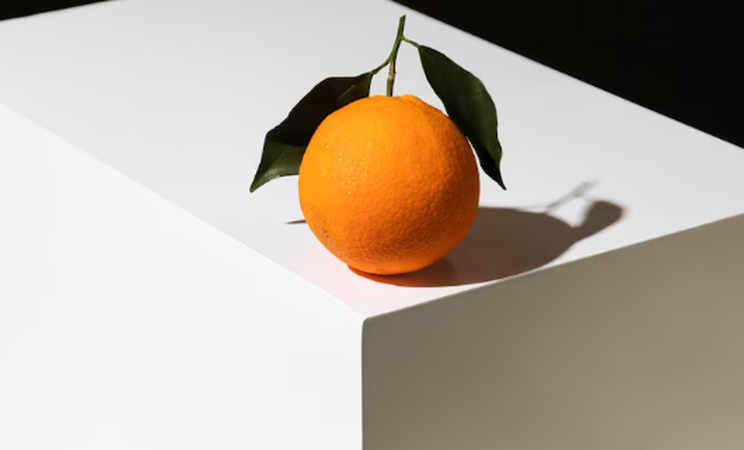
In product advertising, space is one of the means of isolating the product, which brings the branding, features, and aesthetics into focus. Clean backdrops, strategic placement, and the rule of thirds negative space approach can lead to sleek, high-converting imagery.
These positive negative space photography techniques are prevalent in e-commerce and social media campaigns.
Examples of Positive and Negative Space in Photography
Mug on White Table
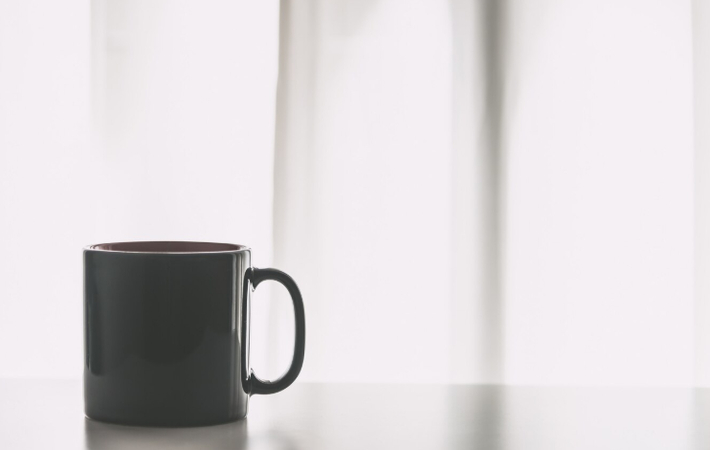
A simple coffee mug on the white table looks more eye-catching on the camera. The space allows the mug's shape and shadow to gain prominence-one of the clearest examples of positive and negative space in photography.
Profile Against the Sky

The simplest profile can be made against the open sky when a person walks during sunset. The mood and scale are increased with the use of surrounding negative space.
Leaf on a Wet Pavement

The relatively flat and simple photograph of a single leaf on a black road, shot diagonally to the ground, uses negative space and texture to create an impression of quietness and poetry.
Each of these demonstrates photography composition using negative space in a simple, yet compelling, way.
Common Mistakes and How to Avoid Them
Overcrowding the Frame
The perception is overwhelming by filling the frame with too much information. Failure to leave desired breathing space is one of the most significant errors when it comes to space photography. Be simple and learn to trust simplicity.
Ignoring Background Distractions
A cramped or distracting background can destroy your picture even though you had written the subject neatly. Crop your shot or use tools to edit anything you do not want. A clean background is key for adequate positive and negative space in photography.
Misbalanced Composition
It is essential to have some space, but when your subject feels lost in space, it makes it unappealing. Watch out for weight distribution on your frame. Proper use of positive-negative space photography techniques involves fine-tuning to strike harmony.
Editing and Post-Processing for Space Photography
Cropping for Better Balance
In some cases, the ideal frame is the original Photo itself. Cropping can bring the subject into the correct part of the frame, reinforcing the rule of thirds negative space approach.
Use of Negative Space in Black and White Photography
Pictures that are black and white do not distract the eye with color, and therefore increase the connection between the subject and what is in the background.
Shadows and textures become more significant, making this a fantastic way to experiment with the creative use of negative space in photography.
Contrast, Exposure, and Shadows
The variation of black and white is used to control the eye. Enhance contrast, when necessary, as well as control exposure to exaggerate or limit the details.
Using tools like HitPaw FotorPea Photo Enhancer makes this process easier, enabling you to sharpen details and refine shadows for a more polished final image.
Final Thoughts
The power of positive and negative space in photography lies in its subtlety and storytelling potential. Space has been a critical influence that can make you control the eye of the viewer, establish emotion, and provide meaning without overwhelming your frame.
Whether you're capturing portraits, nature, or products, practicing positive negative space photography techniques will elevate your skill level and artistic control. Bear this in mind: editing is a big part.
Enhance your compositions with HitPaw FotorPea Photo Enhancer, a reliable tool to refine contrast, clarity, and emotion while preserving the integrity of your space. Move your subject, tell your story, make your art grow, one deliberate picture at a time.
FAQs
Q1. What is the difference between positive and negative space in photography?
A1. The subject is positive; the surroundings are negative. In union, they bring balance and focus.
Q2. How do I know if I have too much negative space?
A2. In case the subject feels alienated or lost, manipulate your composition. Viewer reception is kept at the right level.
Q3. Can I apply this technique using a smartphone camera?
A3. Yes! Gridlines and editing apps are available on smartphones, which makes space composition available to all users.
Q4. What genres of photography use space most effectively?
A4. Portrait, landscape, product, and minimalistic styles frequently use creative use of negative space in photography to deliver powerful and clean visuals.







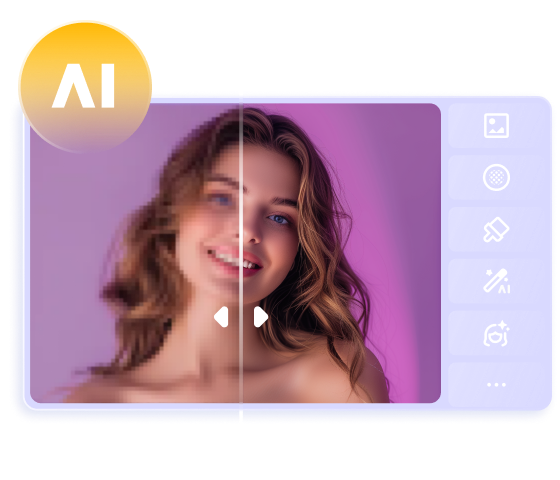
 HitPaw Univd (Video Converter)
HitPaw Univd (Video Converter) HitPaw VoicePea
HitPaw VoicePea  HitPaw VikPea (Video Enhancer)
HitPaw VikPea (Video Enhancer)



Share this article:
Select the product rating:
Daniel Walker
Editor-in-Chief
This post was written by Editor Daniel Walker whose passion lies in bridging the gap between cutting-edge technology and everyday creativity. The content he created inspires the audience to embrace digital tools confidently.
View all ArticlesLeave a Comment
Create your review for HitPaw articles